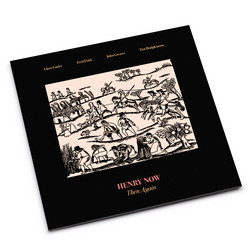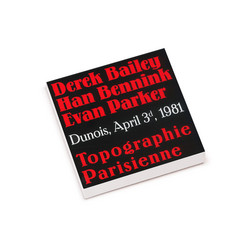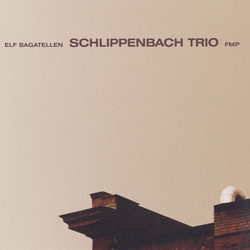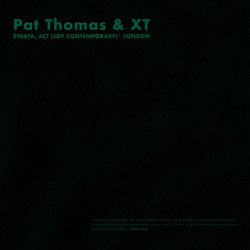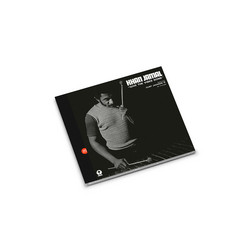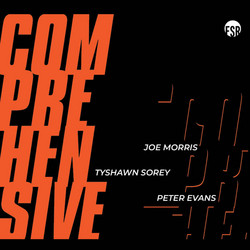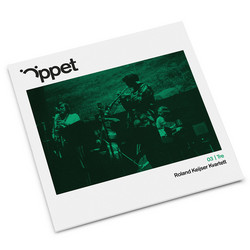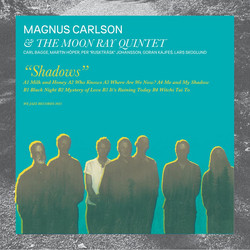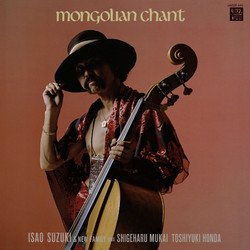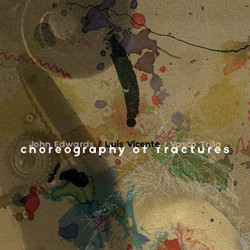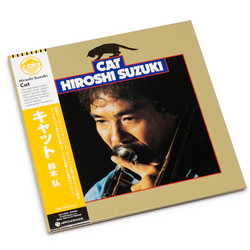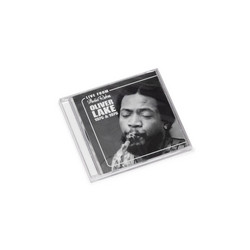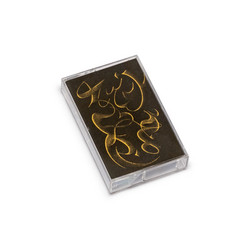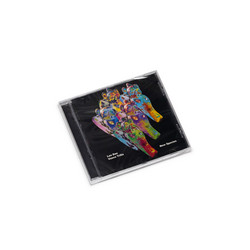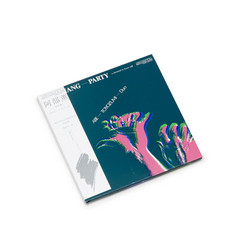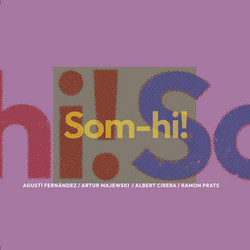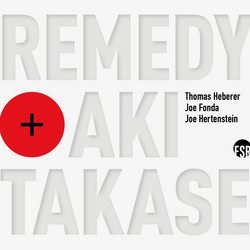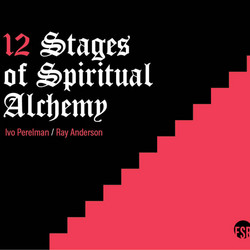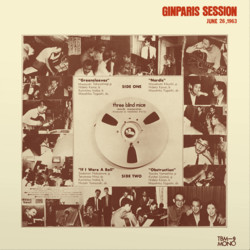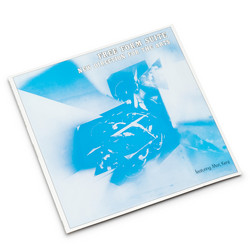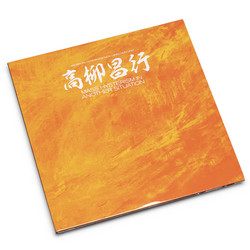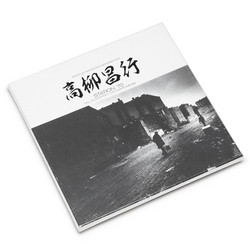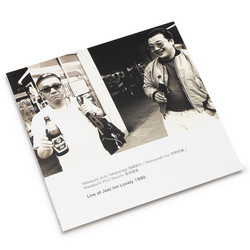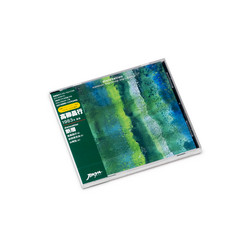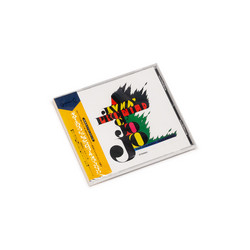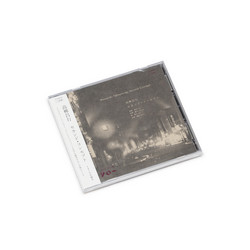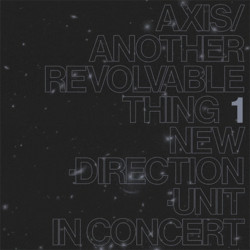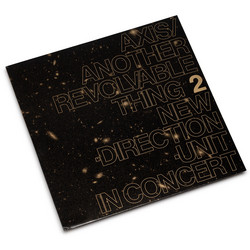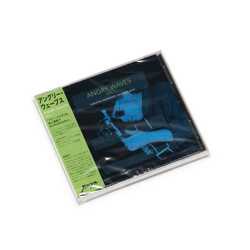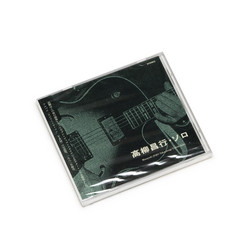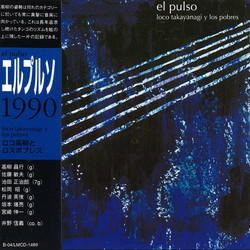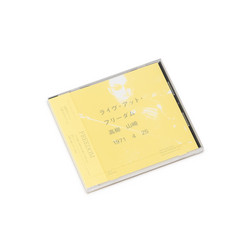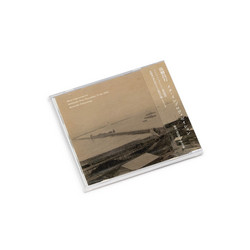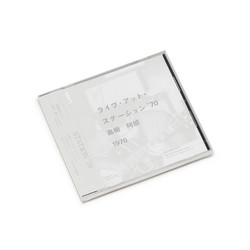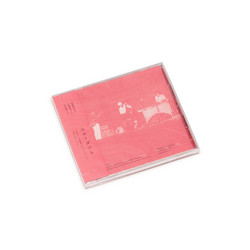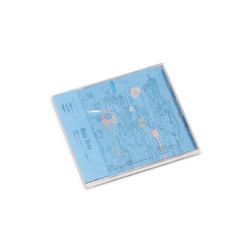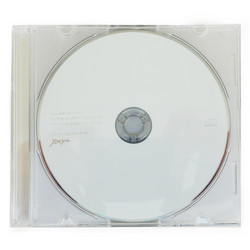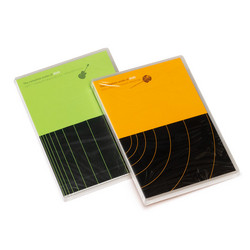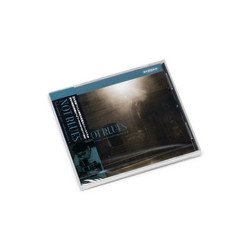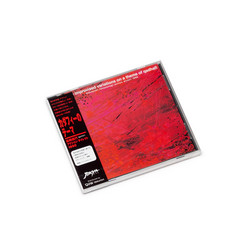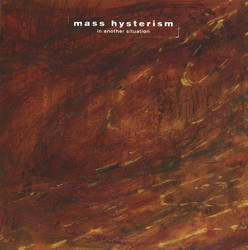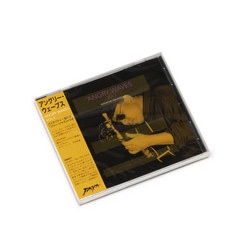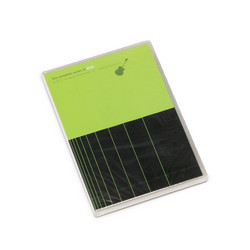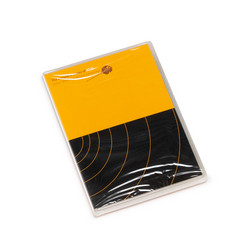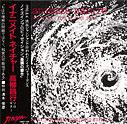This work is an uncut recording of the second part of the regular concert vol.57 (September 24, 1984, at Shibuya Jean-Jean) of the new Direction Unit led by Masayuki Takayanagi. It is a performance in which Hiroshi Yamazaki participates as a percussionist on a twin guitar with Akira Mejima, who is also a disciple of Takayanagi.
Akira Mejima is a high-ranking younger brother who has taught at a guitar school on behalf of Takayanagi, so Iijima's guitar heard from the left channel sometimes sounds like one guitar on the left and right with his master Takayanagi. However, sometimes there are scenes where Takayanagi's guitar is slashed with a chainsaw or an electric drill, or there are scenes where he is constantly spoken in a language he does not know at all, and there are scenes where he feels a roar or scream that he has never heard. , The strong personality makes me terrified. Perhaps because he is younger than Takayanagi and has a good handling of electric guitars and a deep understanding of electronics, there are many moments when he feels that he is beyond his master Takayanagi.
The struggle between the two guitars is brilliantly supported by Yamazaki's percussion, which sometimes pushes it up from the bottom and pulls it up from above, or keeps a sense of tension in quiet situations with few notes.
In addition, in the performance of this work, the sound of the sound effect using tape can be heard from the other side of the flood of sounds of two guitars and percussion instruments. The selection of this sound effect and the timing of cutting are also exquisite, and it pierces the listener's ear deeply.
When you concentrate on listening to the performances of the three people, including this sound effect, you can strongly feel the unique musical swell from the mass of sound whose pitch and rhythm are not clear. Even if you're not a longtime listener of Takayanagi, or if you're not familiar with free improvisation, you'll feel the mysterious power of music that you can't easily turn back once you start listening.
By the way, Takayanagi made a leap from the pursuit of jazz music and jazz guitar that originated in North America, and under the banner of "new direction", the possibility of free jazz and free improvisation while changing the group name and instrument organization. (On the other hand, he continued to pursue jazz through activities such as "Second Concept" and "Angry Waves").
Takayanagi finally arrived at a performance activity called "Action Direct," in which Takayanagi alone destroyed even the traditional guitar playing style. Actually, the regular concert vol.58, which is the next concert of this work, is the last live as a new direction unit, and from vol.59, it will be a live because it is action direct.
From that point of view, it is very interesting that the final form of the activity as a new direction was only the guitar except for percussion, and the sound was constructed using the sound effects of the tape. As mentioned above, Takayanagi's musical activities began with the pursuit of jazz and jazz guitar, but the pursuit of music called free improvisation = action, which almost no one has ever reached before pursuing the method of free jazz. -There was a development to direct (in Takayanagi's other words, it may be said that it was a development to the pursuit of "pan music" and "pan guitar"). It can be said that this work is a valuable record that captures the moment when the source of the idea of Action Direct came out.
In addition, there are some parts where the sound is distorted due to the setting of the recording level at the time of live recording, but when playing at a loud volume, the distorted part does not matter so much. Please listen as loudly as possible while considering the playback environment and the condition of your ears. - Osamu Aoki


